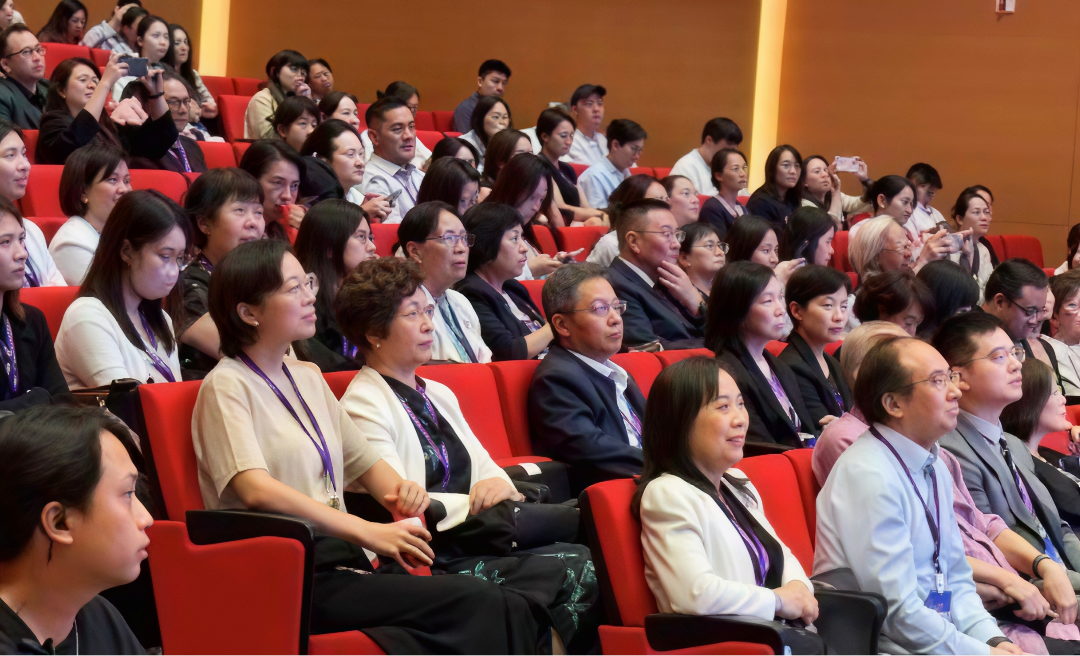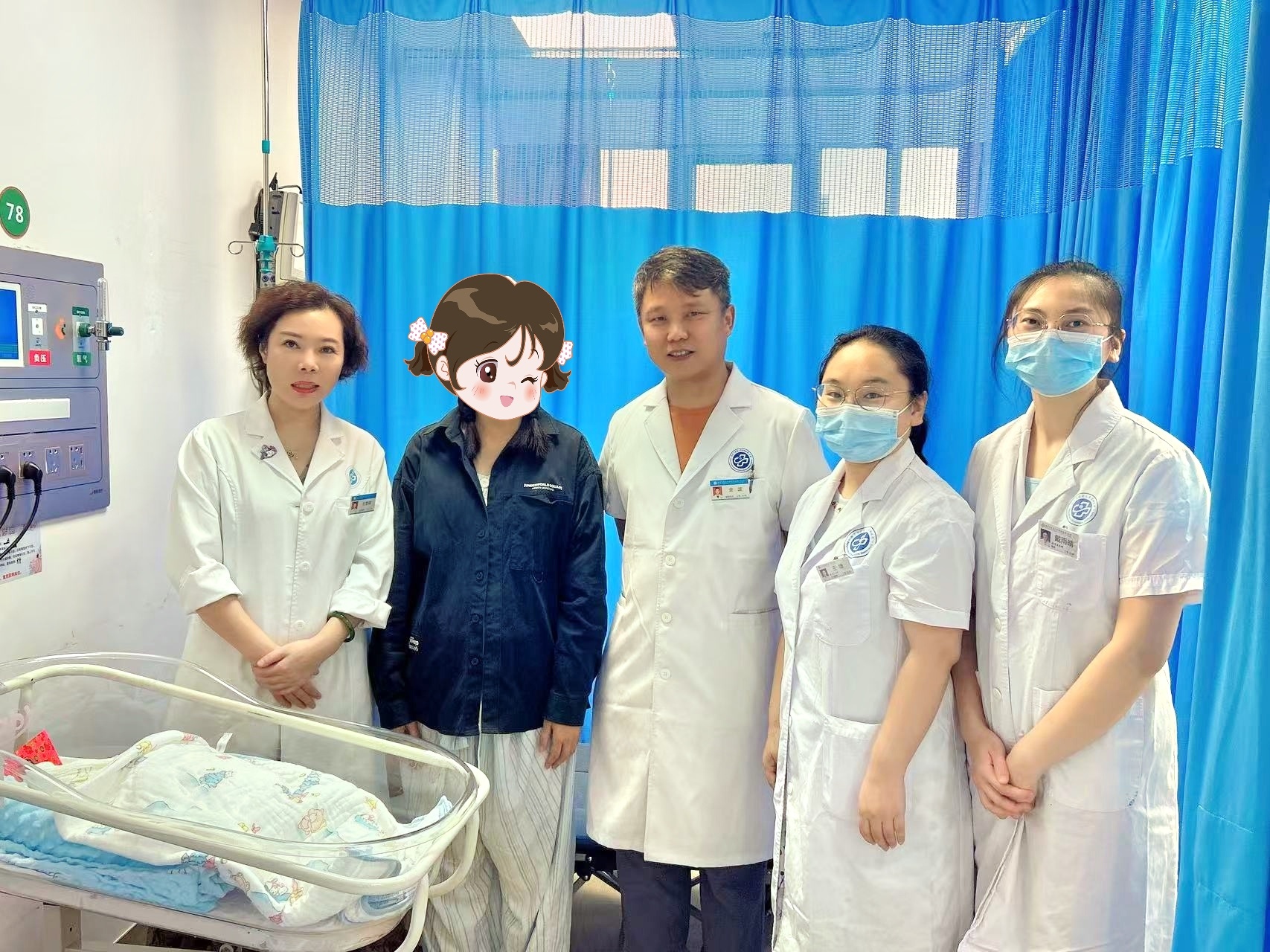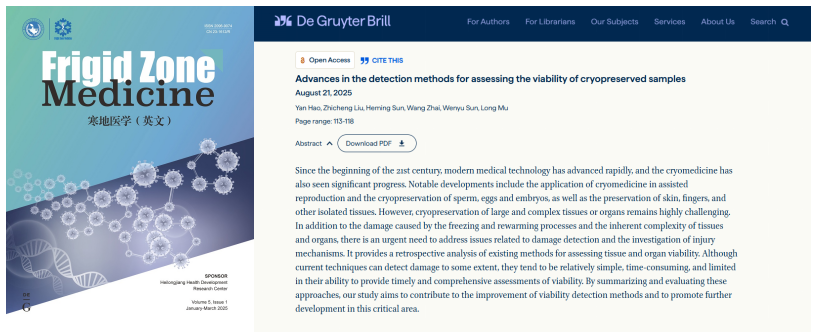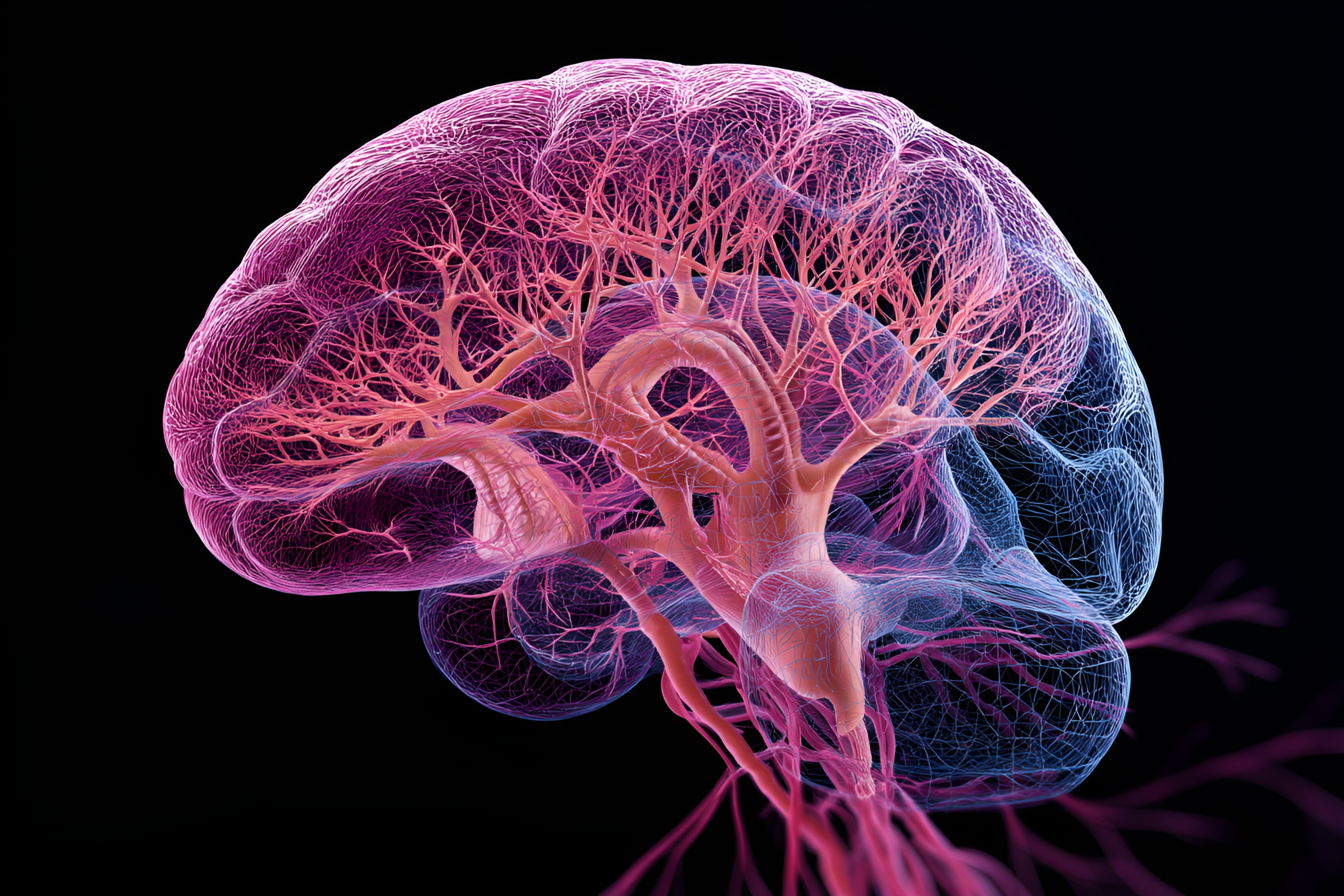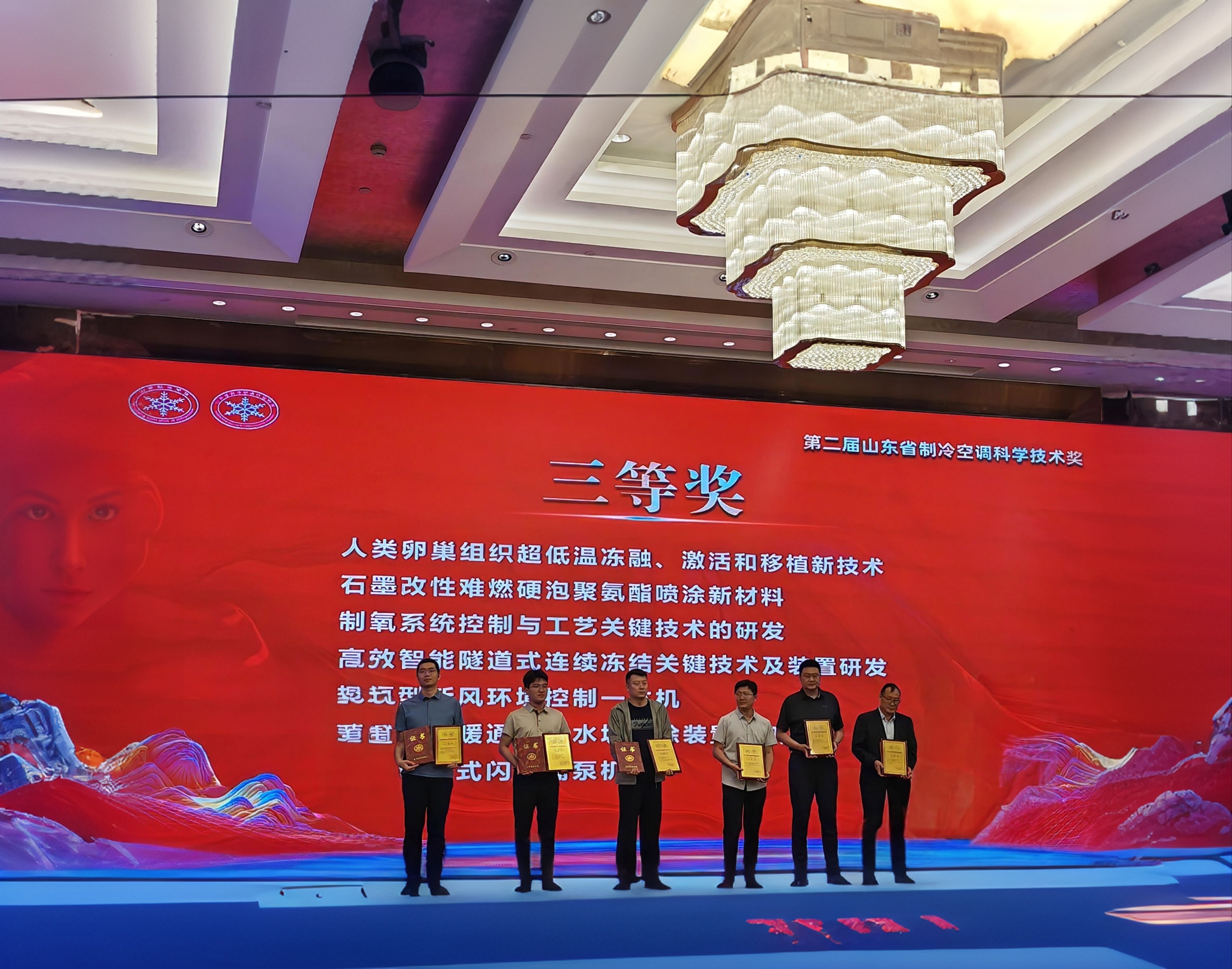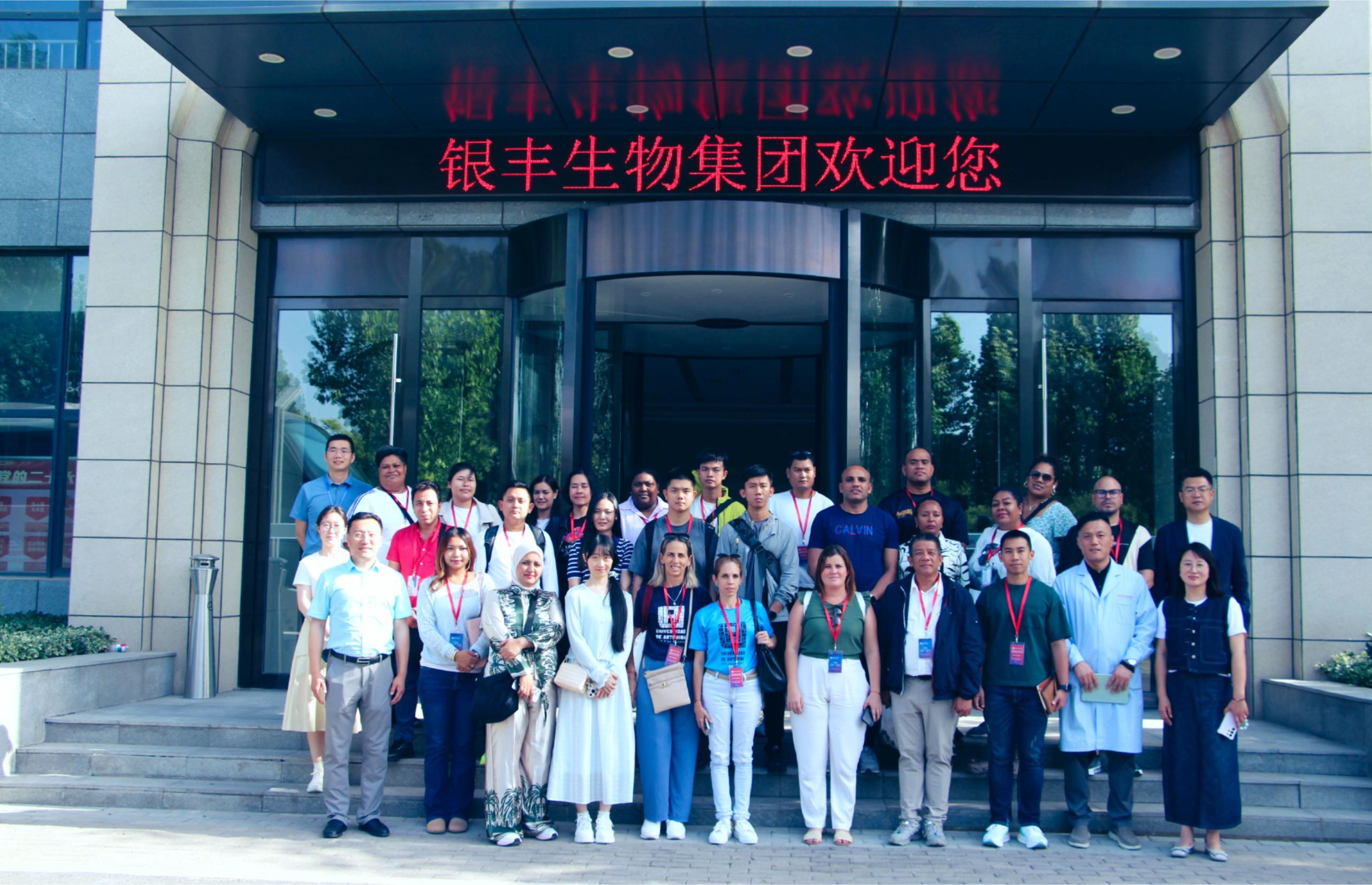Pig organs transplanted to monkeys, another new advance in cross-species transplantation
Release time:
2023-11-30
Multiple organs and tissues, including liver, kidney, heart, abdominal wall, cornea, bone, median nerve, etc., from a gene-edited pig were transplanted to seven recipient monkeys. "The study is another useful exploration and positive attempt to find out whether xenotransplantation of tissues and organs is feasible to be applied to emergency treatment of severe tissue destruction and organ failure, which will further expand the feasibility and effectiveness of confirming the application of xenotransplantation to medical rescue." At the media conference held on the 10th, Dou Kefeng, an academician of the Chinese Academy of Sciences, gave a high evaluation of the operation.
More than 40 specialists collaborated to perform seven surgeries
On November 10, the reporter learned from Xijing Hospital of Air Force Military Medical University that more than 20 disciplines of the hospital carried out multi-gene editing pig-monkey multi-organ and multi-tissue simultaneous transplantation surgery and then won a new breakthrough, in which the xenogeneic vascularization of the abdominal wall transplantation by searching the domestic and foreign literature has not been reported, is still the first case.
According to the World Health Organization, there is a serious shortage of human organs available for transplantation, and at present, about 2 million people around the world are in need of organ transplants every year. in 2021, the number of organ transplants worldwide will reach 144,300, but only about 10% of the patients will have to wait for a suitable organ. Currently, international and domestic allogeneic organ and tissue transplants using gene-edited pigs as donors are moving toward preclinical trials.
Preparations for this surgery began in April 2023 and progressed according to several stages, including ethical justification, donor-recipient matching, surgical program determination, and pre-trial implementation. The series of transplantation surgeries was carried out from October 29 to 30, led by Academician Dou Kefeng, with the collaboration of more than 40 experts in hepatobiliary, pancreatic and splenic surgery, plastic surgery, urology, cardiovascular surgery, anesthesiology, orthopedics, ophthalmology and neurosurgery, to transplant several organs and tissues, including liver, kidney, heart, abdominal wall, cornea, bone, median nerve, etc., from a gene-edited pig to seven recipient monkeys.
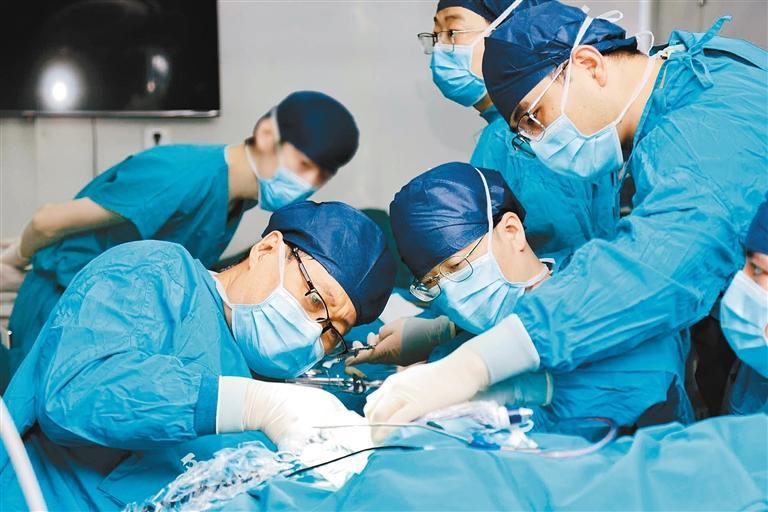
Specialists in neurosurgery and orthopedics performed bone grafting and median nerve grafting, respectively. (Photo by the interviewed organization)
Accumulating important supportive basis for xenogeneic organ transplantation towards the clinic
After the blood flow of the transplanted organ is restored, bile can be seen flowing out of the transplanted liver immediately; the transplanted kidney produces urine immediately; the transplanted heart resumes beating regularly and vigorously. The liver, kidney and heart functioned well after the operation.
The 32cm×12cm transplanted abdominal wall was made of "skin, fat, muscle, peritoneum, ribs and rib cartilage and other composite tissues", which overcame the problem of the difference in the diameter of blood vessels between the donor and the recipient during the operation, as well as the difficulty of bleeding from postoperative gastrointestinal tract stress ulcers, and the difficulty of early immune rejection, and has been survived well so far. The transplanted corneal grafts and graft beds are transparent, and the postoperative indicators are significantly better than those of the control group. Synchronized bone transplantation and median nerve transplantation, to be assessed after 3 months of fusion and function of the transplanted bone.
Liu Jincheng, director of cardiovascular surgery at Xijing Hospital, told reporters that previous transplants were abdominal ectopic heart transplants, removing the pig's heart and transplanting it in the monkey's abdominal cavity, with the monkey's own heart still preserved, and the main observation of the rejection of pig-monkey xenotransplantation of heart transplantation; this surgery was an in situ heart transplantation, replacing the monkey's heart with the heart of the pig completely. Since both the donor and recipient animals were very small, and the heart was only the size of a walnut, the operation was very difficult, but the whole operation went very smoothly, and the monkey recovered its heartbeat in more than 40 minutes after the operation, and was taken off the ventilator the next day, with its vital signs stabilized. The success and breakthrough of xenotransplantation over and over again has accumulated valuable experience towards the clinic, and in the future, it is expected to realize the use of pig organs instead of human organs to save the lives of human beings.
Longest Case! Survival of over two years after cross-species transplantation
In the past two years, there have been special cases of transplanting pig hearts or kidneys into brain-dead and critically ill patients. Recently, Nature announced a "milestone" achievement, with the help of CRISPR-Cas9 gene editing technology, researchers at the University of Cambridge have created the longest case of cross-species transplantation survival to date! This is a huge step forward in the feasibility of xenotransplantation!
The paper, titled "Design and testing of a humanized porcine donor for xenotransplantation," states that scientists have successfully transplanted a porcine kidney with 69 gene edits across species into the body of a crab-eating monkey. The article states that scientists have successfully transplanted a 69-part gene-edited porcine kidney across species into the body of a crab-eating monkey, and have achieved an extraordinarily long survival time of 758 days, surpassing the two-year mark, which undoubtedly gives everyone a shot of "strong medicine".
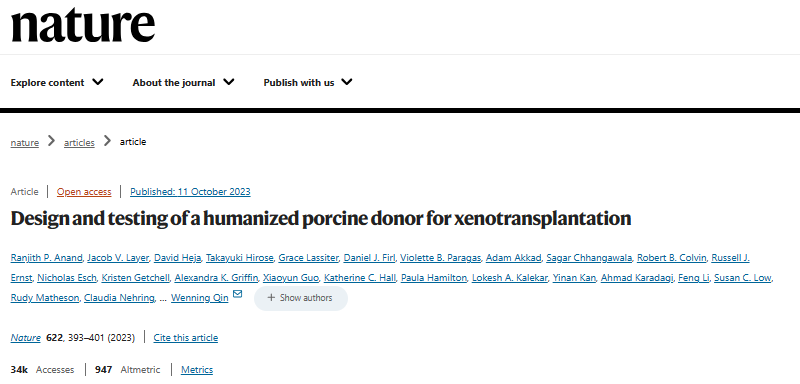
Making pig organs "work" in monkeys, a close relative of humans, is a major leap forward in medicine, with a series of excellent data proving that gene-edited pig organs can survive in xenografts. At the same time, the researchers designed the pig genome with humans in mind, rather than non-human primates, so they may perform better in humans.
Previous article
Latest developments
Over the two days, the symposium was not only a collision of ideas but also seeds sown to advance social progress in life culture. The Shandong Yinfeng Life Science Public Welfare Foundation will continue to use technology as wings and culture as roots, collaborating with all sectors of society to enhance the quality of life for the Chinese people and build a human-centered life care system.
According to recent announcements by the Jinan Municipal Bureau of Science and Technology, 11 outstanding achievements from Jinan have been included in the 2025 "Shandong Outstanding Achievements Report" project. Among them is the globally first-of-its-kind ovarian tissue dual-activation technology developed by Shandong Silver Med Life Science Research Institute (Jinan).
Recently, Frigid Zone Medicine, an authoritative international journal in the field of cryomedicine, published an important review titled "Advances in the Detection Methods for Assessing the Viability of Cryopreserved Samples". Written by the team of Yinfeng Cryomedical Research Center, the article systematically reviews and analyzes various detection techniques currently used to evaluate the viability of cryopreserved cells, tissues, and organs. It also proposes key directions from the perspectives of methodological integration and future instrument development, offering crucial theoretical support and practical guidance for the long - term cryopreservation of complex tissues and organs.
Recently, the "Novel Technology for Ultra-Low Temperature Cryopreservation, Activation, and Transplantation of Human Ovarian Tissue," developed through a collaborative effort between Shandong Yinfeng Life Science Research Institute and Beijing University of Chinese Medicine Shenzhen Hospital, has been awarded the 2025 Shandong Refrigeration and Air Conditioning Science and Technology Award. This groundbreaking technology pioneers a new pathway for female fertility preservation, marking a significant leap in China’s interdisciplinary advancements in reproductive medicine and cryobiology.
On May 19, a delegation from the Chinese Training Workshop for Government Officials of Developing Countries visited the exhibition hall of Yinfeng Biological Group's Cryomedicine Research Center. Government officials from multiple countries gained in-depth insights into Yinfeng’s innovative achievements in cryobiomedicine, cell storage, genetic technology, and other fields. They engaged in discussions with the delegation on technology transfer and international cooperation, contributing to the building of a global community with a shared future for humanity.



